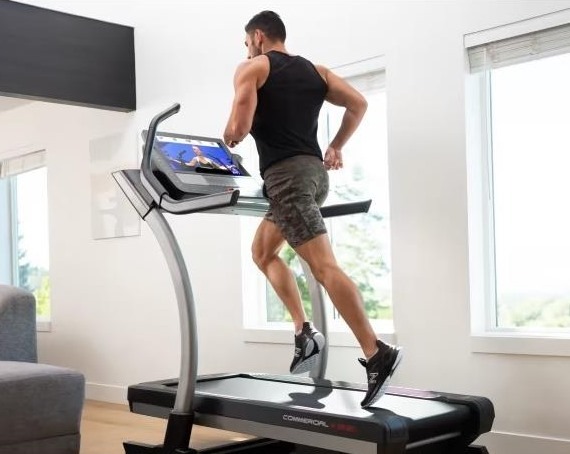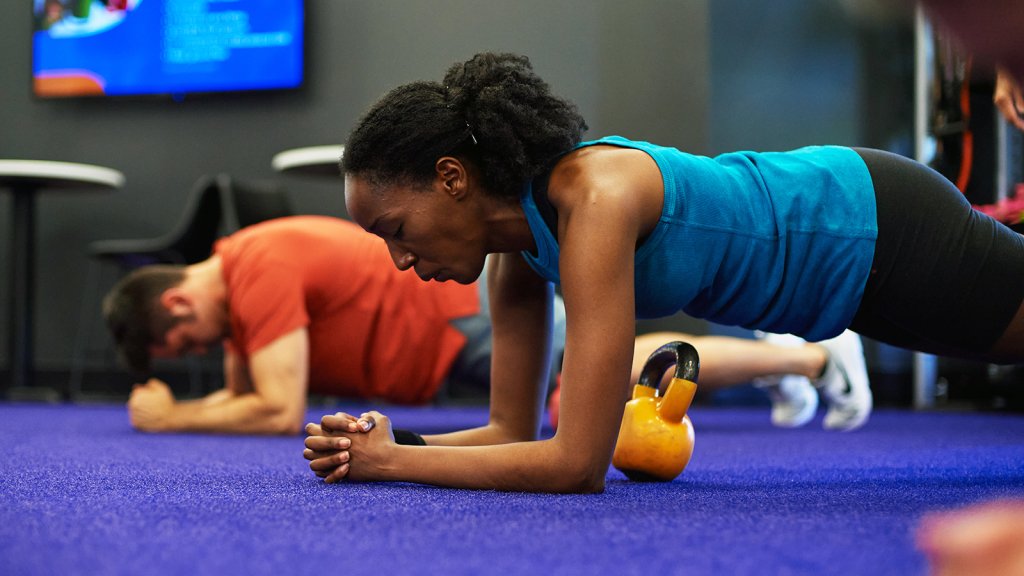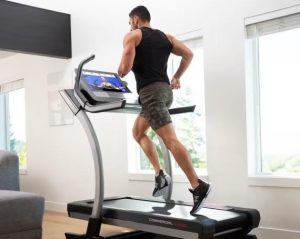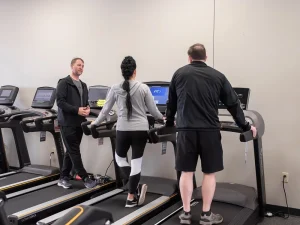New Partnership for Health Insurance
The most popular form of exercise in the world is high-intensity interval training (HIIT), which involves alternating periods of intense exercise (85% of maximum heart rate or more) and rest intervals. Rest intervals are not always inactive or resting. They can also include less intense exercise (e.g. low-intensity sets of resistance) and active recovery.
It is important to recognize that everyone has a different level of fitness. For someone, what is considered high intensity may be too intense or not challenging for another. It is important to understand how each person defines high intensity and modify training methods and intensity of exercise for each participant or client.
Start by reviewing the three main programming variables that are associated with HIIT.
- Intensity is the degree of intensity (how hard it is).
- Volume (How much or for how long)
- Rest Periods
Keep in mind the following:
- Intensity is inversely proportional to volume. The intensity of an exercise will determine how long the high-intensity work or all-out interval is.
- The longer the period of rest, the higher the intensity.
Modifying HIIT involves using training methods to keep clients active, their heart rates up and concentrating on a specific muscle group at a time, rather than focusing on intensity or effort.
Supersetting
Two exercises are performed back-to-back in a superset. Supersets are an excellent way to focus on specific muscles while keeping people active. The muscle groups are usually complementary, either working together, such as a back exercise and a Biceps Exercise, or antagonist-agonist supersets, like a Triceps Exercise followed by an Antagonist Superset.
Supersets can also be done by alternating cardiovascular and resistance exercises. You could, for example, have your client walk at an incline for a minute on a treadmill and then do a set 15 lunges on each leg. You can repeat the superset multiple times in order to increase the volume. Or, you can change the time spent on the treadmill along with the number repetitions. You can control the intensity by adjusting the incline of the treadmill, and how much weight you use (or don’t use) when doing lunges.
Circuits
A circuit is a set of exercises that are performed in succession. They are an excellent way to keep your clients moving, while also changing the intensity and volume during your workout. You could, for example, have your client do a dumbbell press followed by a modified Romanian Deadlift and then a standing overhead push. For the complete circuit, ask the client to perform three or four sets of 12-15 reps for each exercise. Increase the weight during each set or decrease the rest intervals to increase intensity.
Combined Training
The most effective way to lose weight is by combining cardio and resistance training in the same session. Be aware that strength gains will be compromised if cardiovascular and strength exercises are done in the same session. (Doma & Deakin, 2013). For that reason, this training method is recommended for beginning-to-intermediate clients with the primary goals of general fitness and/or weight management.
Combining cardio and strength training does not involve supersets, circuits, or other similar exercises. Instead, they are performed in succession. You could, for example, have your client perform 20 minutes of jog/walk intervals on a treadmill followed by another 20 minutes total body strength training.
Complex Training
Complex training is a form of advanced strength and conditioning which pairs two lifts that are biomechanically very similar. Complex training differs from other methods of training in that the first exercise is a heavy weight conditioning lift with a moderate to high intensity, while the second exercise is a drill involving plyometrics. A complex training set might include a combination of a backsquat with a tuck-jump (a plyometric exercise) that is biomechanically similar. Complex training, which is advanced and involves plyometric exercises, should only be used by intermediate to advanced-level athletes and fitness clients.
HIIT can be a great way to manage your weight and improve your fitness. HIIT is a time-efficient way to improve fitness and manage weight. Modifications and different training methods will help to make this type of training effective and safe for your clients.














Post Comment